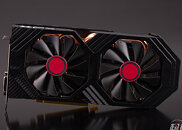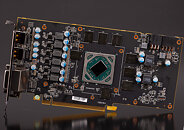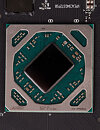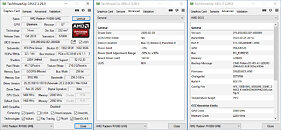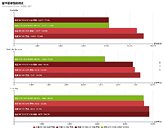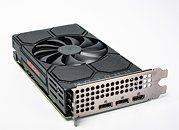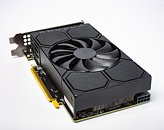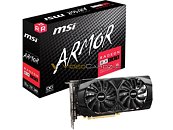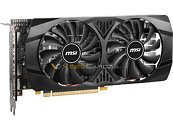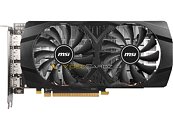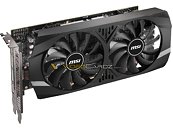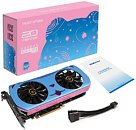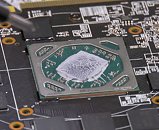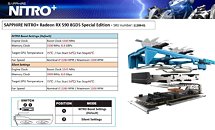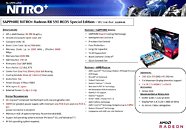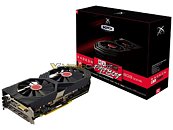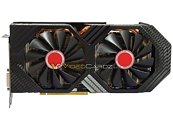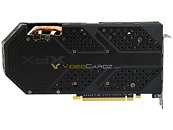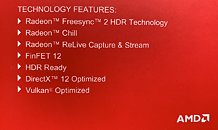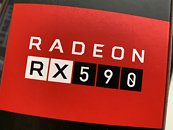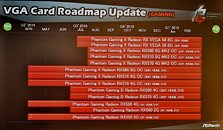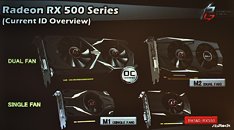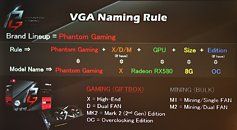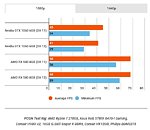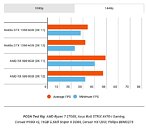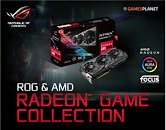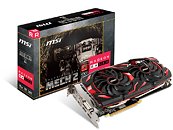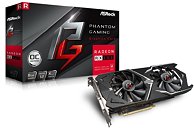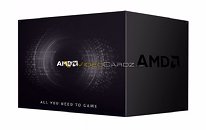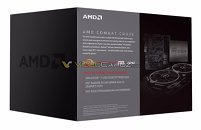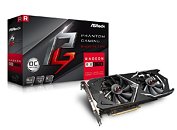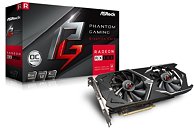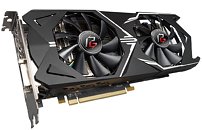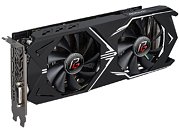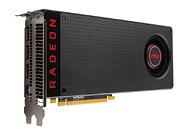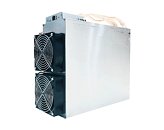
AMD Falling Behind: Radeon dGPUs Absent from Steam's Top 20
As we entered November, Valve just finished processing data for October in its monthly update of Steam Hardware and Software Survey, showcasing trend changes in the largest gaming community. And according to October data, AMD's discrete GPUs are not exactly in the best place. In the top 20 most commonly used GPUs, not a single discrete SKU was based on AMD. All of them included NVIDIA as their primary GPU choice. However, there is some change to AMD's entries, as the Radeon RX 580, which used to be the most popular AMD GPU, just got bested by the Radeon RX 6600 as the most common choice for AMD gamers. The AMD Radeon RX 6600 now holds 0.98% of the GPU market.
NVIDIA's situation paints a different picture, as the top 20 spots are all occupied by NVIDIA-powered gamers. The GeForce RTX 3060 remains the most popular GPU at 7.46% of the GPU market, but the number two spot is now held by the GeForce RTX 4060 Laptop GPU at 5.61%. This is an interesting change since this NVIDIA GPU was in third place, right behind the regular GeForce RTX 4060 for desktops. However, laptop gamers are in abundance, and they are showing their strength, placing the desktop GeForce RTX 4060 in third place, recording 5.25% usage.
NVIDIA's situation paints a different picture, as the top 20 spots are all occupied by NVIDIA-powered gamers. The GeForce RTX 3060 remains the most popular GPU at 7.46% of the GPU market, but the number two spot is now held by the GeForce RTX 4060 Laptop GPU at 5.61%. This is an interesting change since this NVIDIA GPU was in third place, right behind the regular GeForce RTX 4060 for desktops. However, laptop gamers are in abundance, and they are showing their strength, placing the desktop GeForce RTX 4060 in third place, recording 5.25% usage.






